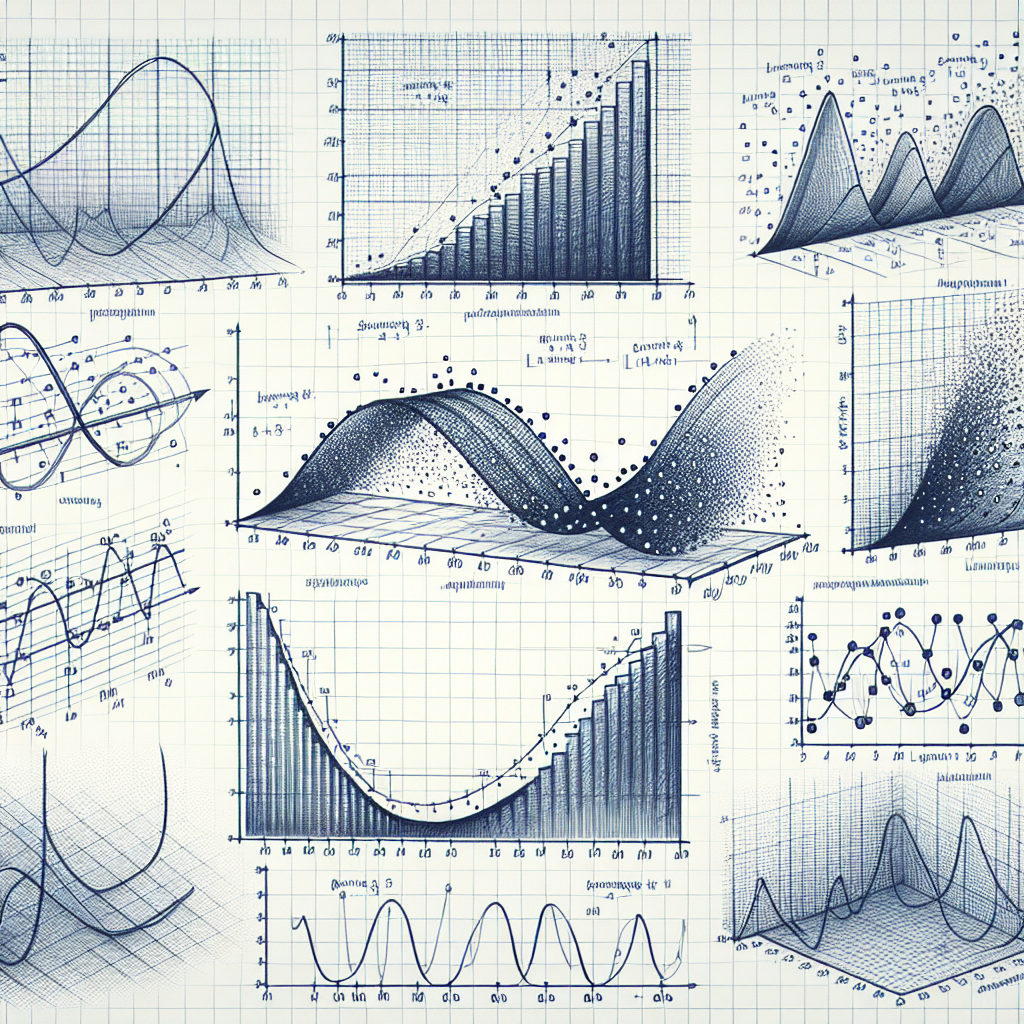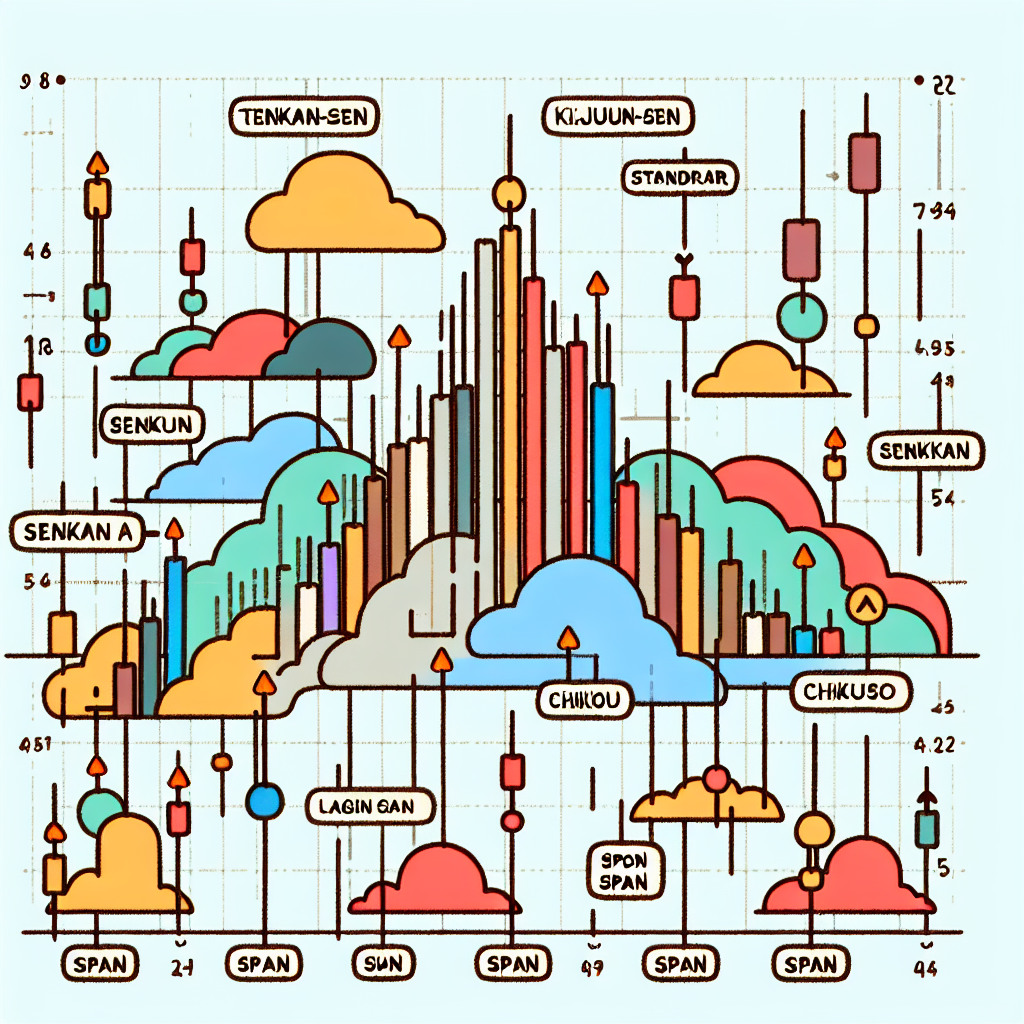
# Understanding Trend Line Drawing Methods
Trend lines are vital tools in technical analysis for both stock and forex markets as they help to illustrate the direction of the market. Whether you’re a seasoned trader or just starting out, mastering the art of drawing trend lines can significantly improve your market analysis. This article will guide you through the various methods of drawing trend lines, ensuring you have a solid foundation for your trading decisions.
What is a Trend Line?
A trend line connects multiple price points on a chart, representing either support or resistance, depending on the direction of the market. It is a simple yet powerful tool that helps traders identify the market’s direction at a glance. By drawing trend lines, traders can also identify potential areas of interest for entries and exits.
Basic Principles of Drawing Trend Lines
Before delving into specific methods, it’s essential to grasp the basic principles that guide the drawing of accurate and reliable trend lines.
Connect Significant Points
Trend lines should connect significant highs or lows on a chart – the more points a trend line connects, the stronger and more significant it becomes.
Respect the Angles
The slope of a trend line can offer insights into the market’s momentum. A steep trend line may indicate strong buying or selling pressure, while a flatter trend line suggests a weaker trend.
Adjustments Are Necessary
Markets are dynamic, and as new data comes in, you may need to adjust your trend lines. Remember, the goal is to capture the essence of the market direction, not to force a line to fit your bias.
Method 1: The Traditional Method
The traditional method involves drawing trend lines manually by connecting the highs or lows of price swings.
Step 1: Identify the Trend
Start by determining whether the market is in an uptrend, downtrend, or sideways trend.
Step 2: Connect Swing Points
For an uptrend, connect at least two major lows with a straight line. For a downtrend, connect at least two major highs.
Step 3: Extend the Line
Extend the line forward to project potential areas of support or resistance in the future.
Method 2: The Channels Method
Channel lines run parallel to the main trend line and are used to identify potential breakout or reversal areas.
Step 1: Draw the Main Trend Line
Follow the traditional method to draw the main trend line.
Step 2: Add the Channel Line
From the opposite swing points, draw a line parallel to the trend line to create a channel.
Step 3: Analyze the Price Action
The area between the trend line and channel line can act as a zone of buying or selling interest. Look for breakouts or rebounds as potential trading signals.
Method 3: Using Technology
Modern trading platforms offer tools that can automate the drawing of trend lines, reducing subjectivity.
Auto-Draw Features
Some software can automatically draw trend lines by identifying significant highs and lows, offering a more objective viewpoint.
Adjusting Automatic Trend Lines
Always review and adjust automatically drawn trend lines as necessary, considering the market context and significant news events that might affect market sentiment.
Conclusion
Drawing trend lines is both an art and a science. By understanding and applying the methods discussed above, traders can enhance their technical analysis and make more informed decisions. Remember, practice is key, so continually refine your skills by analyzing different charts and market conditions.





